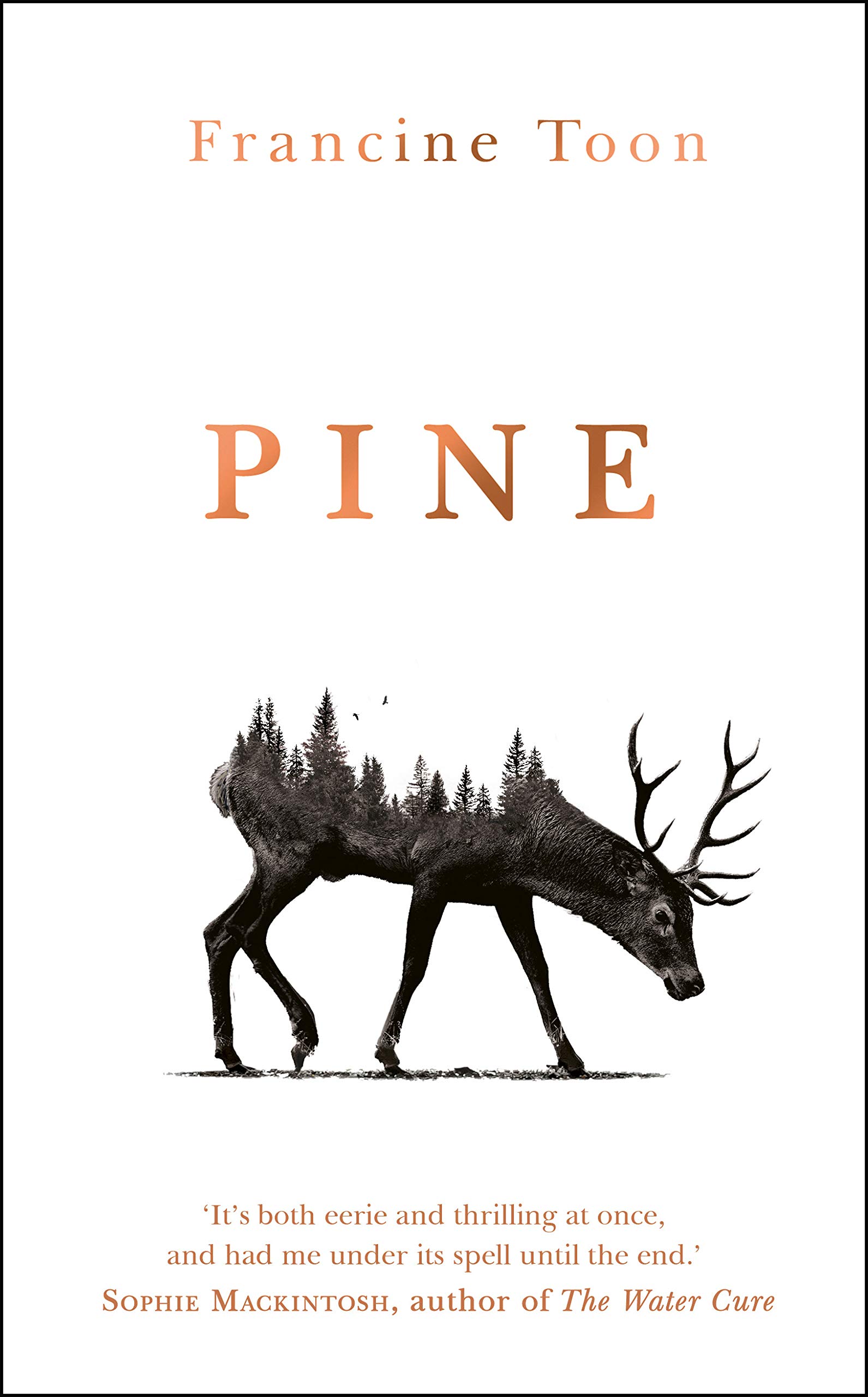Author Francine Toon offers tips on how to establish a sense of place in your writing.

Where is interesting to you?
If you’re trying to decide on a setting for your writing, it can be helpful to think about the places you remember most and why. Maybe it’s your childhood home or a memorable holiday that has lodged itself in your memory. Think about why it holds your attention and why it might be interesting for other people to read about. You could decide to write about a fictional place , but drawing on emotions, weather, architecture, landscape and demographics from first hand experience will help lend a sense of authenticity and originality.
Learn from your favourite writers
Look back over passages from your favourite books about a particular place and break down why the description stands out. What tools did the author use to transport you? How might you be able to learn from their techniques?
Do some field work
The best paintings are those observed directly from real life, rather than works that come solely from memory, research or imagination. The same can be said for writing. If you’re writing about a particular place at a certain time of year, there is no substitute for visiting and making notes. Are there leaves on the trees? What time does the sun set? How do people talk to each other? What are they eating? Perhaps most importantly, how do you feel in that place? Observe things that you wouldn’t be able to glean from a photograph or book, even if you are writing historical fiction.
Use all five senses
When describing a place, remember to use all five senses. How a place smells or sounds can be just as powerful as describing it visually. This is where your first hand research can come in very handy.
Write, then rewrite!
When thinking about place, the most obvious descriptions will pop into your head first. Waves crash, doors creak, fields are green. It may help to write out the first descriptions that come to mind, even if they sounds boring or hackneyed then go back and think of ways to enliven your prose. Successful description sounds unique to the writer, but is never too florid or forced. Often less is more. It can also be helpful to use surroundings as a ‘palette’ to describe aspects of your characters or vice versa. A fishmonger might see snow as the colour of hake for example. Whether someone has hair the colour of bricks or roe deer might be decided entirely by place and helps build a sense of consistency.
Francine Toon grew up in Sutherland and Fife, Scotland. Her debut novel Pine was a Sunday Times bestseller and the winner of the 2020 McIlvanney Prize. It was shortlisted for the Bloody Scotland Scottish Crime Debut of the Year and longlisted for the Highland Book Prize and the Deborah Rogers Foundation Writers Award. Her poetry, written as Francine Elena, has appeared in The Sunday Times, The Best British Poetry 2013 and 2015 anthologies (Salt) and Poetry London, among other places. She lives in London and works in publishing.

Very useful tips Francine, thank you 😊